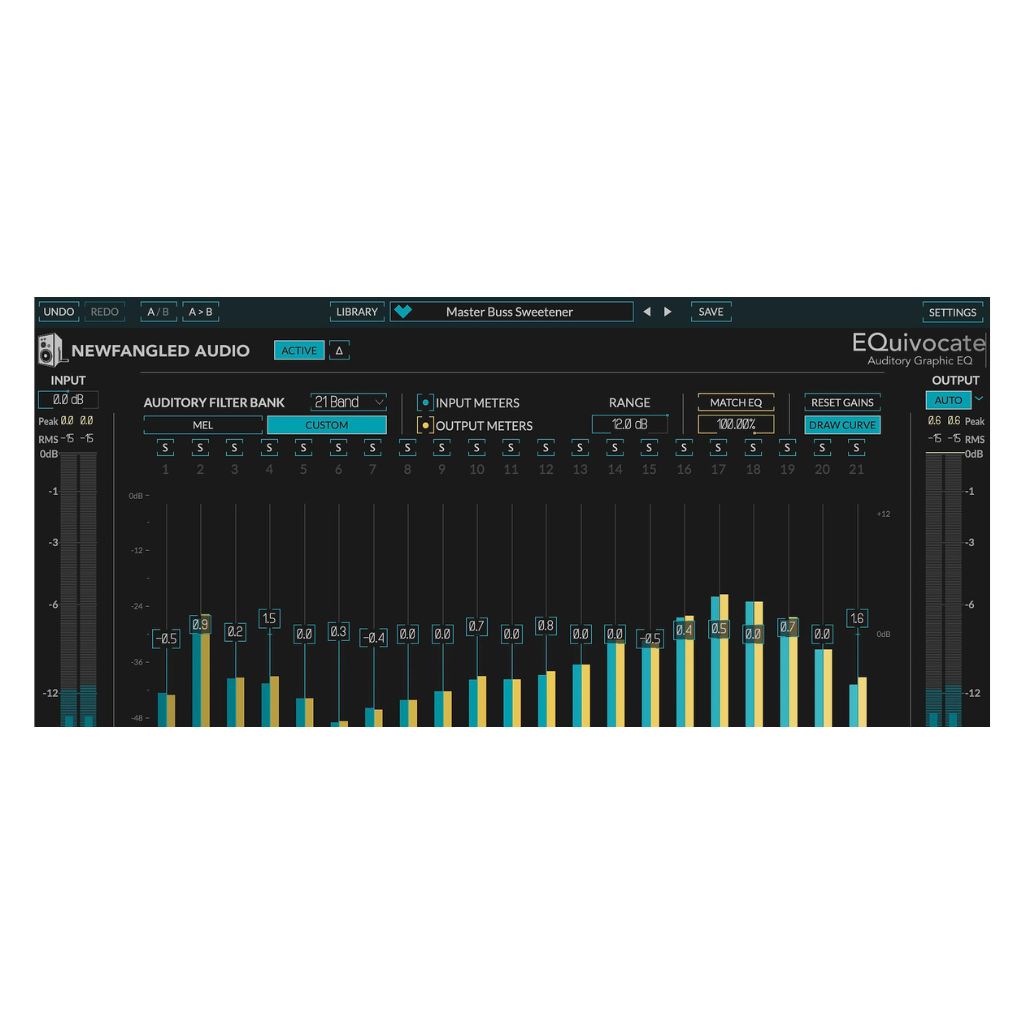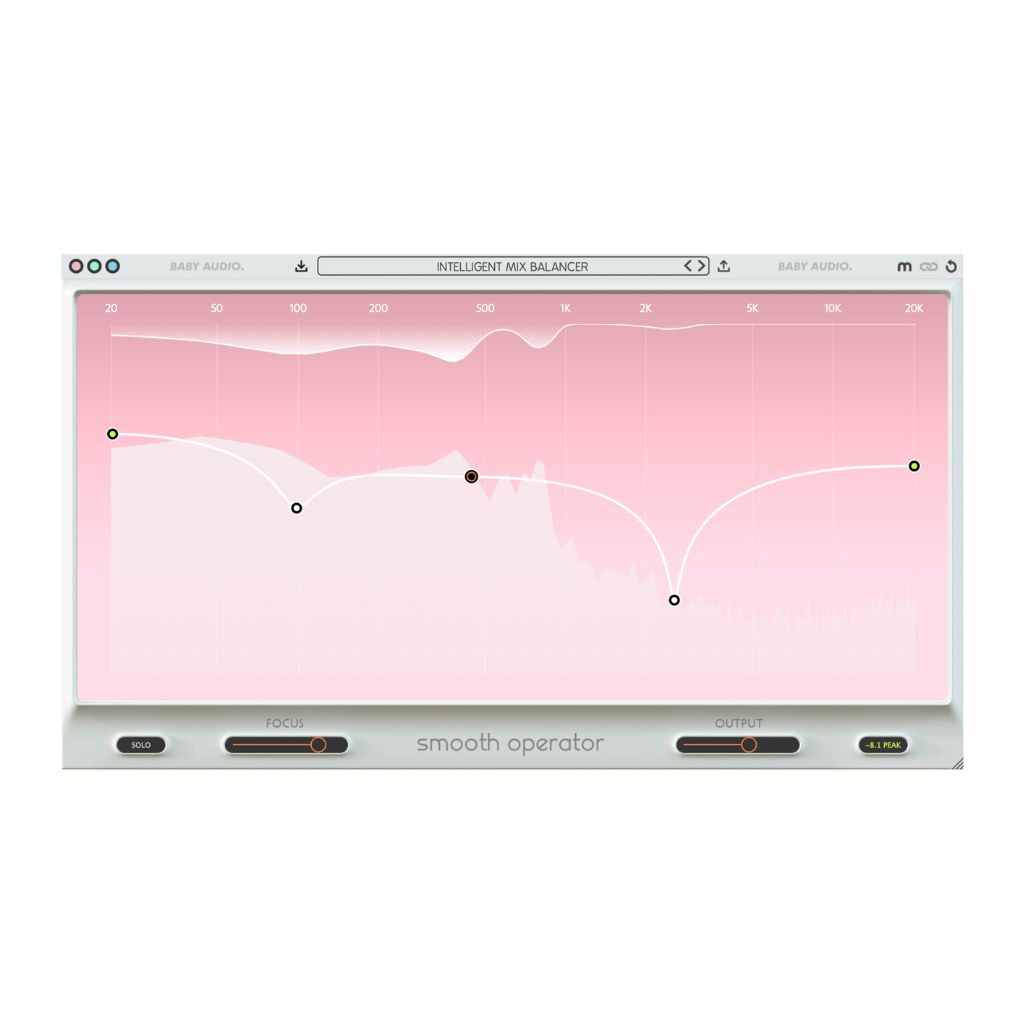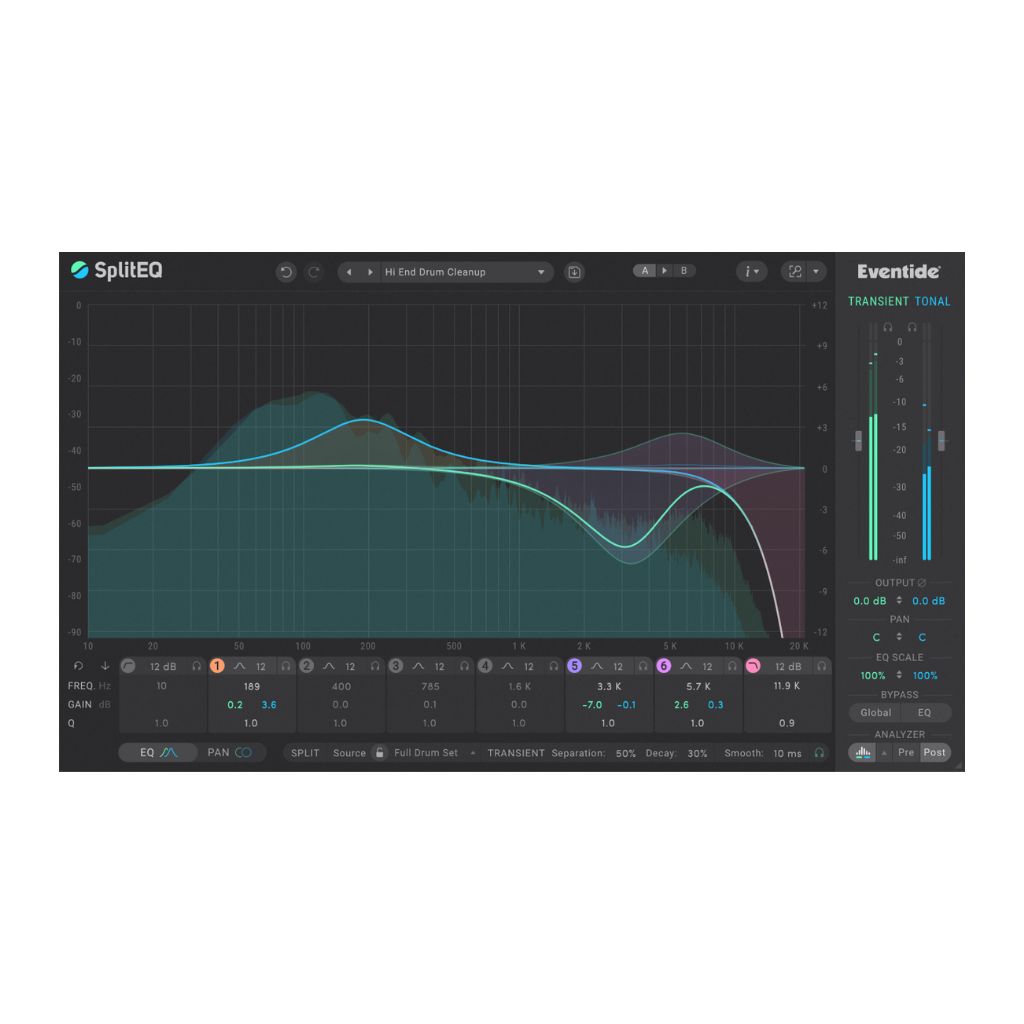Five modern, innovative EQ techniques and how to use them
Still using the same old EQ plugins? Up your production game with these five modern EQs that go beyond basic tonal balance.

Music composer working in studio. Image: StefaNikolic/Getty Images
Featured in this article
Equalization is one of the pillars of mixing along with volume and dynamics. While there have been some advancements in EQ technology over the years, for the most part, it hasn’t changed all that much. Boost here, cut there – what more is there to do?
But EQ plugins have benefitted just as much in recent years from technological advancements as the likes of AI-driven limiter plugins. Modern EQ plugins can react dynamically, split the band into transient and tonal information, automatically suppress resonance, and much more. Traditional EQs aren’t going anywhere anytime soon but sometimes you need an EQ that’s a little more focused to get a specific job done.
Here are five modern EQ techniques to try in your next production.
Dynamic EQ
When balancing a kick drum and bassline, most producers reach for sidechain compression. There’s nothing wrong with that but the effect can sometimes be heavy-handed. For more natural results, try dynamic EQ, which uses the sidechain signal to remove clashing frequencies only when necessary.
Dynamic EQ is available in a number of plugins, including Tokyo Dawn Records’ excellent free TDR Nova.
Add an instance of TDR Nova to the track you want to affect, in this case, the bassline. Next, set the sidechain to the kick track. Using the frequency response of the kick track as a reference (load up an EQ on the kick if you haven’t already), set a node to a corresponding frequency area in TDR Nova.
Now comes the dynamic part: start turning the Threshold knob down until you see the EQ cut begin to bounce in time with the kick. Use the Q knob to fine-tune the width of the cut and decrease the release time for a faster reset. Now the kick has more power and punch.
Transient-specific EQ
Another fantastic modern EQ plugin is Split EQ by Eventide. This is ingenious: it separates the signal into transient and tonal portions, removing the need for additional dynamics processors like transient shapers. There are all sorts of applications for this, including highlighting percussive elements.
After dropping Split EQ onto a track, set the node where you want to boost or cut. You should then see two colors, green (transient information) and blue (the tonal portion). By pulling up on the transient signal, you can increase snap and impact without affecting the body of the sound. Try lowering the tonal section for a more pronounced effect. Lastly, raise the transient output slider to adjust the global transient volume.
Spectral processing EQ
EQ that suppresses resonances and artefacts is another emerging technology. Oeksound’s Soothe2 does it, as does Baby Audio’s Smooth Operator. Known technically as spectral processing, Smooth Operator uses a combination of equalization, compression and resonance suppression to actively eliminate wayward frequencies.
The vocal sample in this clip has lots of energy but it’s also pretty raw and resonant. Spectral processing can come to the rescue.
By adding nodes and reducing where appropriate, you can attenuate harsh ringing resonances. Use the Focus slider to set the intensity of the spectral algorithm – somewhere between 70 and 90 per cent usually gives the smoothest results. As this only affects the quality of the signal, not the actual frequencies, you may want to use this in tandem with a standard EQ.
Smart EQ
AI has been barging its way into a variety of audio plugins and EQ is no exception. There are a number of equalizers with AI mixing assistants, one such being smart:EQ 3 from Sonible. Like Smooth Operator, smart:EQ 3 also corrects spectral imbalances but does it entirely automatically. You’re then free to make adjustments as you see fit.
After loading an instance of smart:EQ 3 onto a channel, prime the AI by telling it what kind of material it’s listening to. For example, this audio track contains synthesizer chords so the appropriate choice would be ‘synth’.
Next, click the Listen button to start the AI process. The plugin will generate its result. By pulling up or down on the thumb button, you can adjust the amount of the effect. The results are now brighter and livelier than before without being harsh or unpleasant.
Match EQ
Match EQ – where you apply the EQ curve of one piece of audio to another – isn’t actually that novel. However, the way that EQuivoate by Newfangled Audio achieves this is certainly unique.
EQuivocate is based on how the human ear hears, with fixed frequency bands. Because it’s based on the Mel Scale, one with 26 pitches at equal distances from one another, the EQ graph is represented by this number of unique bands. By using the Mel scale, Newfangle claims that EQuivocate sounds more natural than other EQ plugins. When you engage the Match function, you’re transferring not just the EQ curve but also the Mel scale of the original audio onto the new one.
Place a copy of EQuivoate onto the stereo bus of your song, load up a reference track (and mute it), and then point it to EQuivoate using the sidechain function. Click the Match EQ button and let EQuivoate listen to the reference, and then apply the resulting EQ curve. You’re free to then adjust the overall degree of matching as well as individual bands.


